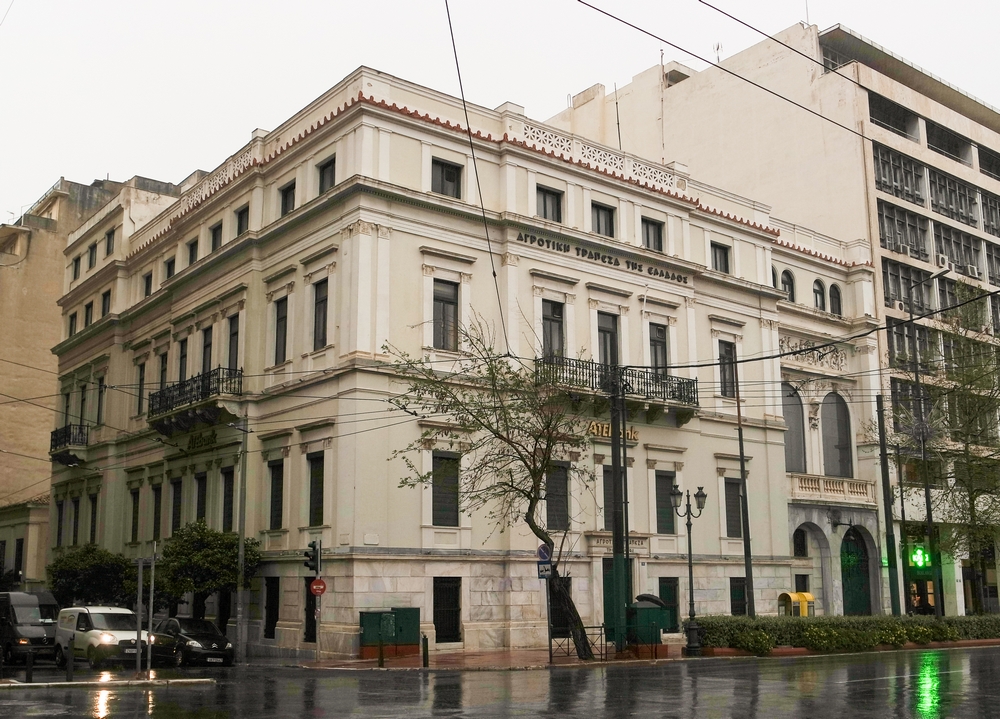Serpieri Mansion
Serpieri Mansion is of neoclassical architecture and is located on Panepistimiou Street.
Location
Timeline
Modern and Contemporary era (1821 - )
1881 The construction of the original building was completed.
1930 Agricultural Bank was housed and remained here, until its takeover by a private bank, during the recent financial crisis.
1967 It was almost demolished.
1974 Listed.



Share